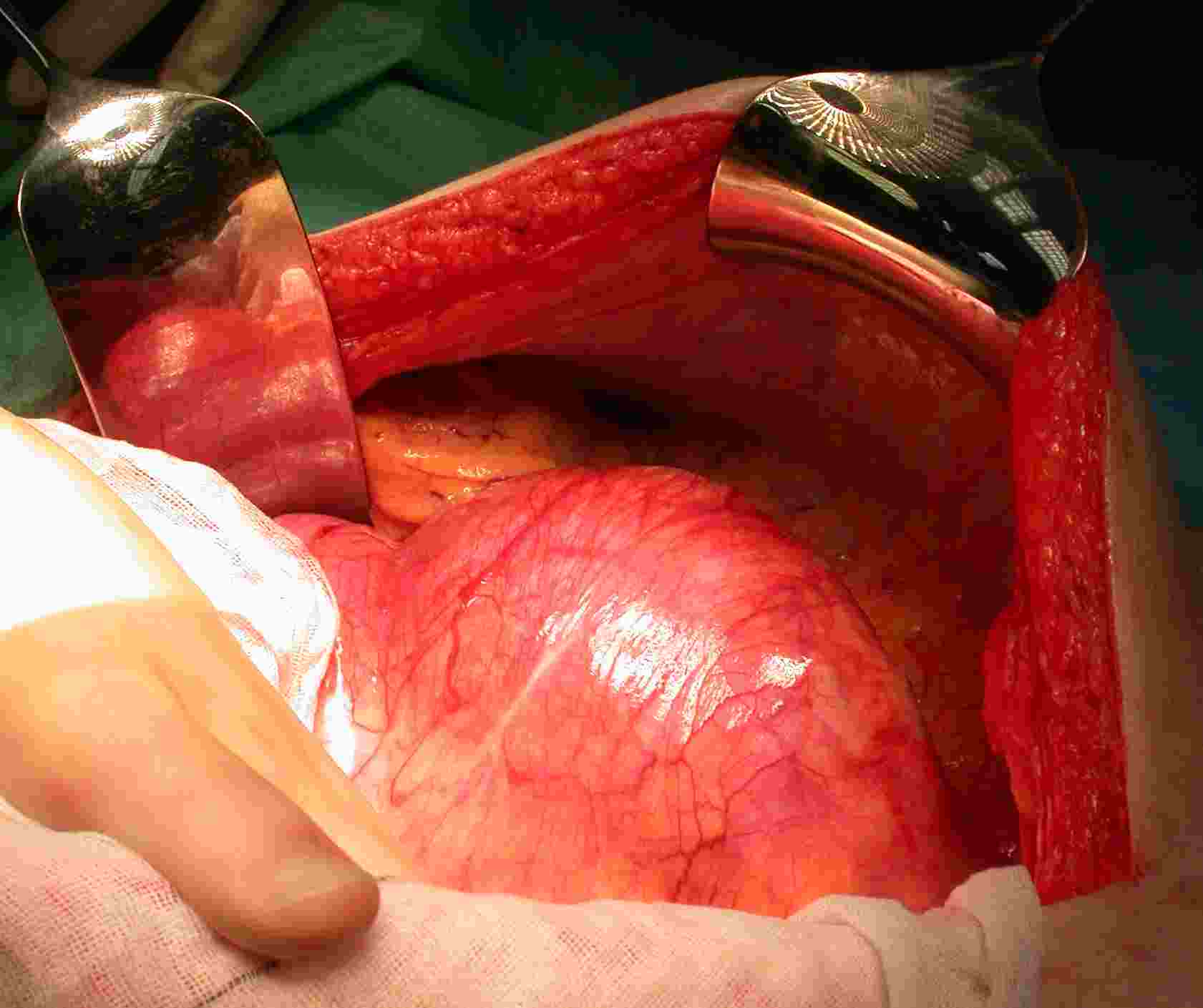Aortic Aneurysm: Causes, Symptoms And Treatment
- font size decrease font size increase font size
 It is extremely depressing having to face a medical problem that one is not savvy about. Most of us are pretty 'knowledgeable' about heart attacks, blood pressure, and diabetes, i.e. about the rudiments. But not all of us are well read or have even an overall inkling about abdominal aortic aneurysms.
It is extremely depressing having to face a medical problem that one is not savvy about. Most of us are pretty 'knowledgeable' about heart attacks, blood pressure, and diabetes, i.e. about the rudiments. But not all of us are well read or have even an overall inkling about abdominal aortic aneurysms.This usually strikes men over the age of 60 with the ratio of 1:25 . An aneurysm is defined as a bulge in the blood vessel that is usually caused by a weakness in its wall. The normal functioning process is that blood passes through the aorta into the abdomen and other areas of the body; but when it passes through the weakened blood vessel the pressure causes a balloon- like bulge to form.
Causes
One can put it down to a faulty lifestyle with bad eating habits, a laidback attitude toward exercise, over- exposure to smoking and alcohol, a constant high fat diet, obesity, etc. There is no factual information that demystifies as to what actually causes the weakening of the wall of the blood vessel. But if there is hardening of the arteries or extremely high cholesterol and blood pressure, one can be on the red and in the danger zone. Diagnosis is usually through an ultrasound if the physician notices any unusual vibration in the abdomen during a routine physical exam. Based on the size of the aneurysm, one has to figure out the course of treatment.
Symptoms
There are signs that one must report to the physician - like persistent back pain and abdominal pain, or a feeling of vibration in the abdominal area near the belly button on touching the part. If there is severe pain in the middle or side of the abdomen radiating down to the scrotum area, coupled with dizziness, feeling faint, shortness of breath, clamminess and increased heart beat - it could be a ruptured aortic aneurysm. Obviously it is imperative to call the emergency hotline and receive medical help immediately.
Treatment and Preventive Measures
 If the patient exhibits signs of a problem, experts in the field usually take into account the risk assessment of the situation to analyze if there is cause for concern about a rupture. This is based on the size and growth rate of the aneurysm, age, whether the patient has a chemical called MMP-9 in his bloodstream etc. The patient is monitored over a period of time by incorporating a change in food habits, moderate exercise and avoiding smoking or stress. The doctors then decide on the next course of action on the basis of their observations during this period. If required, medication is provided based on the requirements of the patient, and if there is improvement, surgery may not be an option. However if the aneurysm has to be treated, a synthetic graft will be fitted after removing the damaged aortic section, which will be done through endovascular surgery or open surgery. After the success of the surgery, it is important for the patient to follow the rules detailed by th
If the patient exhibits signs of a problem, experts in the field usually take into account the risk assessment of the situation to analyze if there is cause for concern about a rupture. This is based on the size and growth rate of the aneurysm, age, whether the patient has a chemical called MMP-9 in his bloodstream etc. The patient is monitored over a period of time by incorporating a change in food habits, moderate exercise and avoiding smoking or stress. The doctors then decide on the next course of action on the basis of their observations during this period. If required, medication is provided based on the requirements of the patient, and if there is improvement, surgery may not be an option. However if the aneurysm has to be treated, a synthetic graft will be fitted after removing the damaged aortic section, which will be done through endovascular surgery or open surgery. After the success of the surgery, it is important for the patient to follow the rules detailed by the doctor to the tee. Initially patients do this, but after a while when things improve they tend to go back to the old habits, which may result in the same problem coming back to haunt them again.
----------------------------------------------------
Dr. James S. Pendergraft opened the Orlando Women's Center in March 1996 to provide a full range of health care for women.
Tagged under :
